There can be your advertisement
300x150
Kitchen Cabinet Doors Made of Wood: Overview of Popular Options
Cabinet doors made from strong oak, affordable pine, and noble walnut— we explore the pros and cons of using different types of natural wood for kitchen cabinet finishes
Wooden kitchen cabinet doors can be made from solid wood or veneered with thin slices (plywood) of valuable wood species. Different wood types vary not only in texture and color but also in moisture resistance, softness, and other important properties. How to choose the right material without making a mistake was explained by architect Elena Bulgina.
Elena Bulgina is an architect creating interiors for residential and public spaces in Moscow, Samara, Kaliningrad, Vladivostok, and Kyiv. Currently, she is a leading architect-designer at the architectural bureau "Kapitel".1. Oak
Oak is used most frequently among deciduous wood types for making furniture cabinet doors. Its wood grain is easily distinguishable from others: radial rays are clearly visible, cutting through annual rings. In its natural color, oak is rare—usually, oak is stained.
Pros: cabinet doors made from oak are known for high strength, hardness, and durability. Such a kitchen cabinet set looks elegant and luxurious.
Cons: such a kitchen cabinet set is not cheap. However, there's a way to save money: look at veneered models—they are almost indistinguishable from solid wood.
 2. Ash
2. AshAsh is similar to oak in some qualities, although it does not have distinct heart rays. When bleached, it acquires a grayish tone. Ash wood does not polish well, so it is usually treated with wax or nitrocellulose lacquer.
Pros: ash wood has high strength and flexibility, with a beautiful texture. Cabinet doors made from ash do not bend or crack under temperature fluctuations or exposure to hot dry air. Unlike oak, the wood of ash does not change color significantly over time.
Cons: ash wood contains few tannins, so it is sensitive to moisture—special water-repellent treatment of cabinet doors is required. Also, the cost of such furniture is quite high.
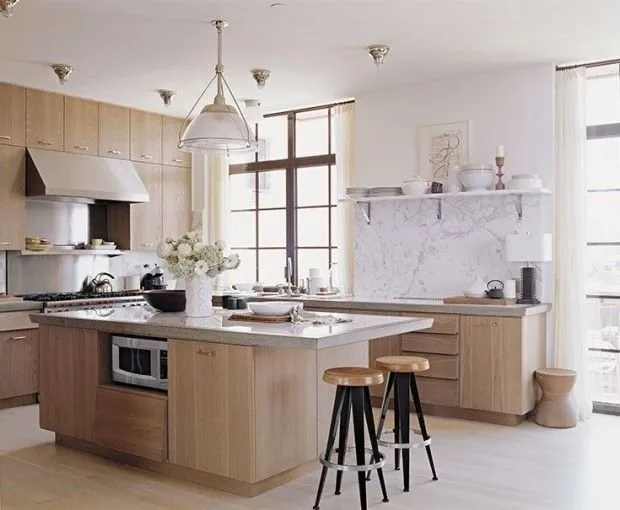 3. Walnut
3. WalnutThe cross-section of walnut has an attractive texture with contrasting transitions. The wood contains a lot of tannins—this allows it to be dyed in various colors or bleached using hydrogen peroxide. Cabinet doors are often made from veneer of American or European walnut.
Pros: the interesting texture and appearance of furniture made from walnut will not leave anyone indifferent. The material is known for high strength and durability.
Cons: natural walnut is more expensive than oak—expect to pay a significant amount for furniture with veneered cabinet doors. Furniture made from walnut and other woods requires special careful maintenance.
 4. Pine
4. PineAmong coniferous wood types, pine is most often used for making kitchen cabinet doors. It has a light yellow-beige tone. If the pine grew in a humid area, its wood will have a loose structure—preferably choose trees grown on elevated ground or hills. Pine is often used as a base for subsequent lacquering or veneering with expensive wood species.
Pros: pine wood is easy to process and resistant to rot. It tolerates humidity and temperature fluctuations well. This is a more affordable material in terms of cost.
Cons: due to the softness of pine wood, cabinet doors made from it are easily scratched. Over time, furniture covered with lacquer may yellow.
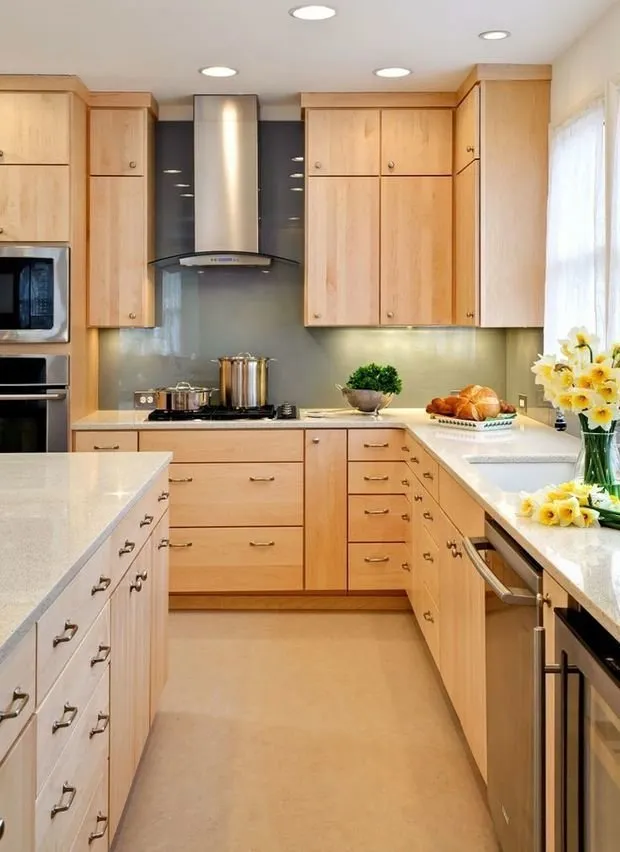 5. Fir
5. FirFir wood is softer compared to pine. The cross-section is usually white, sometimes with yellow or pinkish tones.
Pros: furniture made from fir emits a pleasant scent. The wood has some water-repellent properties—but less than pine. The material is reasonably priced.
Cons: fir is less strong than pine—scratches and dents on cabinet doors are inevitable.
 6. Birch
6. BirchBirch wood has a light color with yellow and red hues. Annual rings are clearly visible, and wide heart rays are noticeable on the cross-section. Birch is more commonly used for solid wood furniture than veneered.
Pros: birch wood is very strong, comparable in density to oak. This wood species is an economical alternative to oak. It is easy to process, polish, and tone in any color, with a beautiful natural sheen.
Cons: unlike oak, birch is more hygroscopic and requires special moisture protection.
 7. Larch
7. LarchLarch has up to 12 shades of color. When properly dried, its wood is easy to process despite high resin content. It can be used both for finishing and as veneer.
Pros: larch is known for high strength, which even rivals oak. This material is dense and durable, and not afraid of moisture.
Cons: furniture made from larch is expensive.
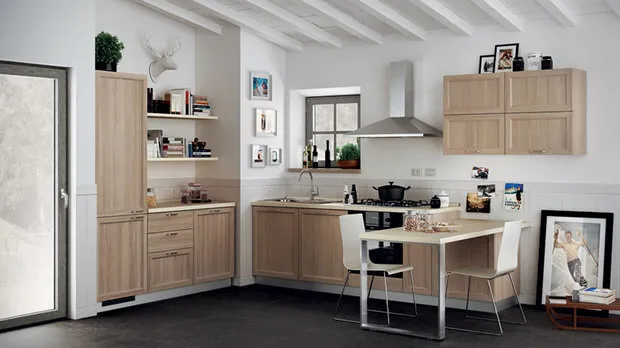 8. Linden
8. LindenLinden has a seedless structure, white with reddish tones. The wood is soft and easy to cut in all directions—classic cabinet doors made from solid linden often feature elegant carved patterns around the edges.
Pros: linden wood readily accepts color from valuable wood species through dyeing. It is resistant to moisture and humidity.
Cons: linden is susceptible to woodworm.
 Read also:
Read also: - How to Decorate a Kitchen: 11 Modern Solutions
- What to Consider in the Design of a Small Kitchen: A Professional's Advice
- Wood in Interior Design: 60 Ideas and 5 Tips That Designers Often Forget
More articles:
 Report from High Point 2017: hottest trends
Report from High Point 2017: hottest trends 3 Layout Options for a 2-Room Apartment for Those Who Have Lots of Things
3 Layout Options for a 2-Room Apartment for Those Who Have Lots of Things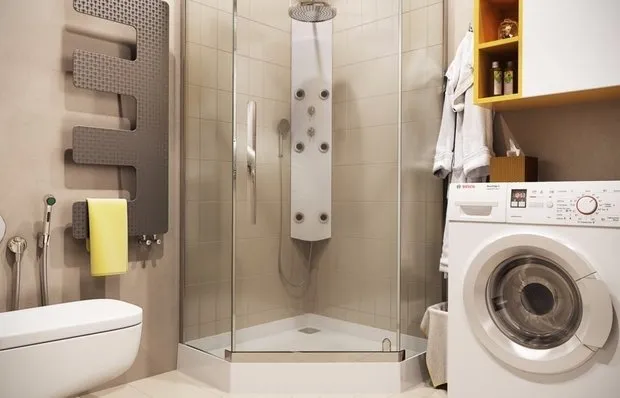 Making a Shower in a Small Bathroom: Tips + Example
Making a Shower in a Small Bathroom: Tips + Example How to Place Household Appliances on the Kitchen: 8 Ideas
How to Place Household Appliances on the Kitchen: 8 Ideas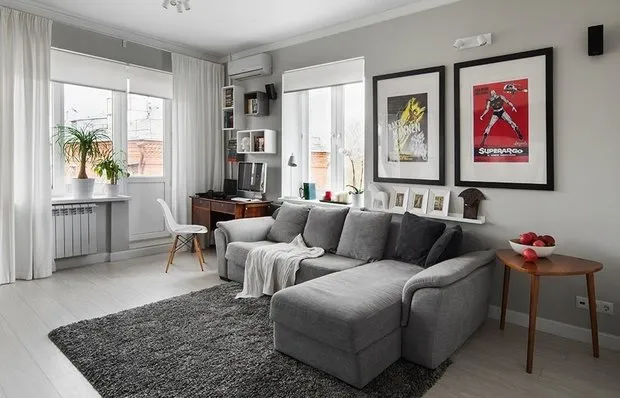 Repairing a Khrushchyovka: 11 Useful Tips
Repairing a Khrushchyovka: 11 Useful Tips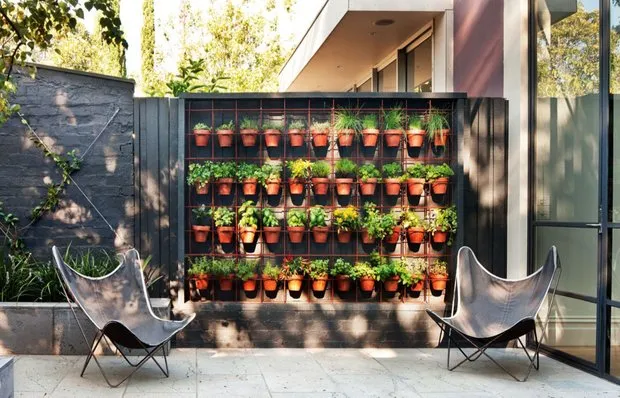 How to Beautifully Arrange Garden Beds: Tips and Ideas from Professionals
How to Beautifully Arrange Garden Beds: Tips and Ideas from Professionals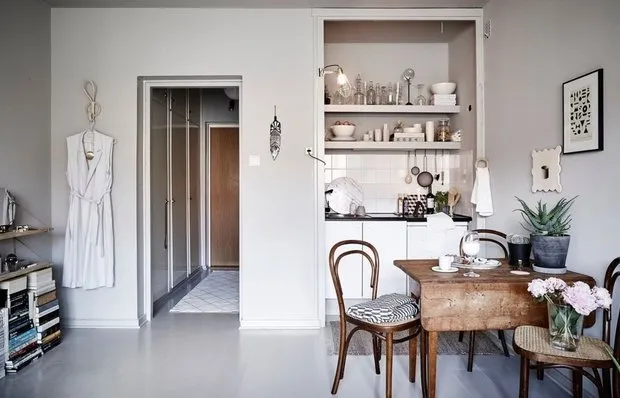 10 Myths About Designing a Small Apartment
10 Myths About Designing a Small Apartment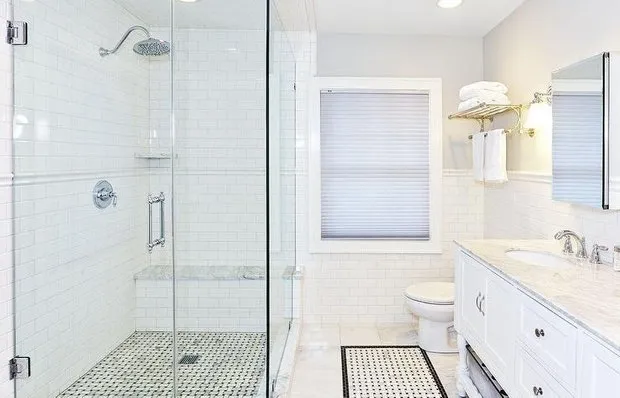 Did You Know About These 6 Bathroom Innovations?
Did You Know About These 6 Bathroom Innovations?